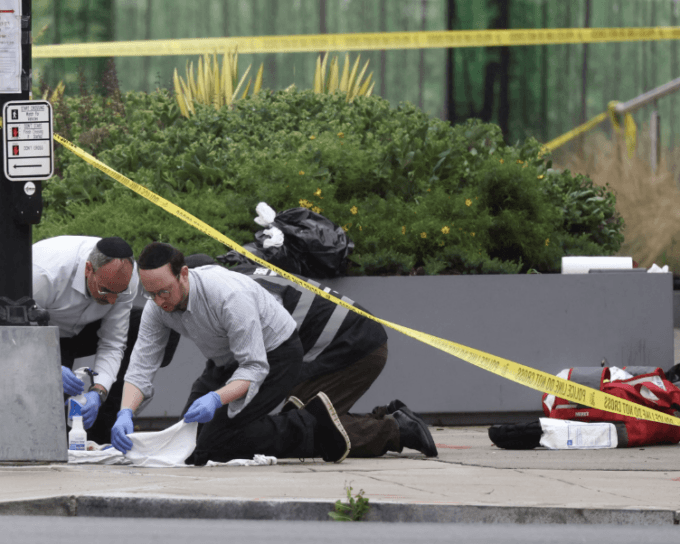Ron
Jacobs
In
November 1938, a seventeen year old refugee without papers named Herschel
Grynzspan from Poland walked into the Nazi Embassy in Paris, France, asked to
see a member of the diplomatic staff, and when Nazi diplomat Ernst von Rath
appeared, shot him. Von Rath died not long afterwards, despite the efforts of
Hitler’s doctors who were sent to Paris by Hitler. According to most sources,
Grynzspan was angry at the Nazi regime for taking away his parents German
citizenship and employment. They were then sent to a concentration camp in
Poland not long before his action. Some historians have hinted that Grynzspan
was gay, that von Rath was one of his associates and that Grynzspan was
blackmailing him. Grynzspan was arrested in France, where he was imprisoned
until the collaborator Vichy regime came to power; the Gestapo then transferred
him to a concentration camp in Germany. No matter what the rationale was, the
essential fact is that a few days later, the Nazi regime used the assassination
as an excuse to attack Jewish people, their shops and their homes in what
became known as Kristallnacht. While the Kristallnacht pogroms were not
officially carried out by uniformed Nazis in the government or the Party, they
were encouraged and supported by officials in the party including Joseph
Goebbels, who made a speech essentially giving the Nazi rank and file the go
ahead.


